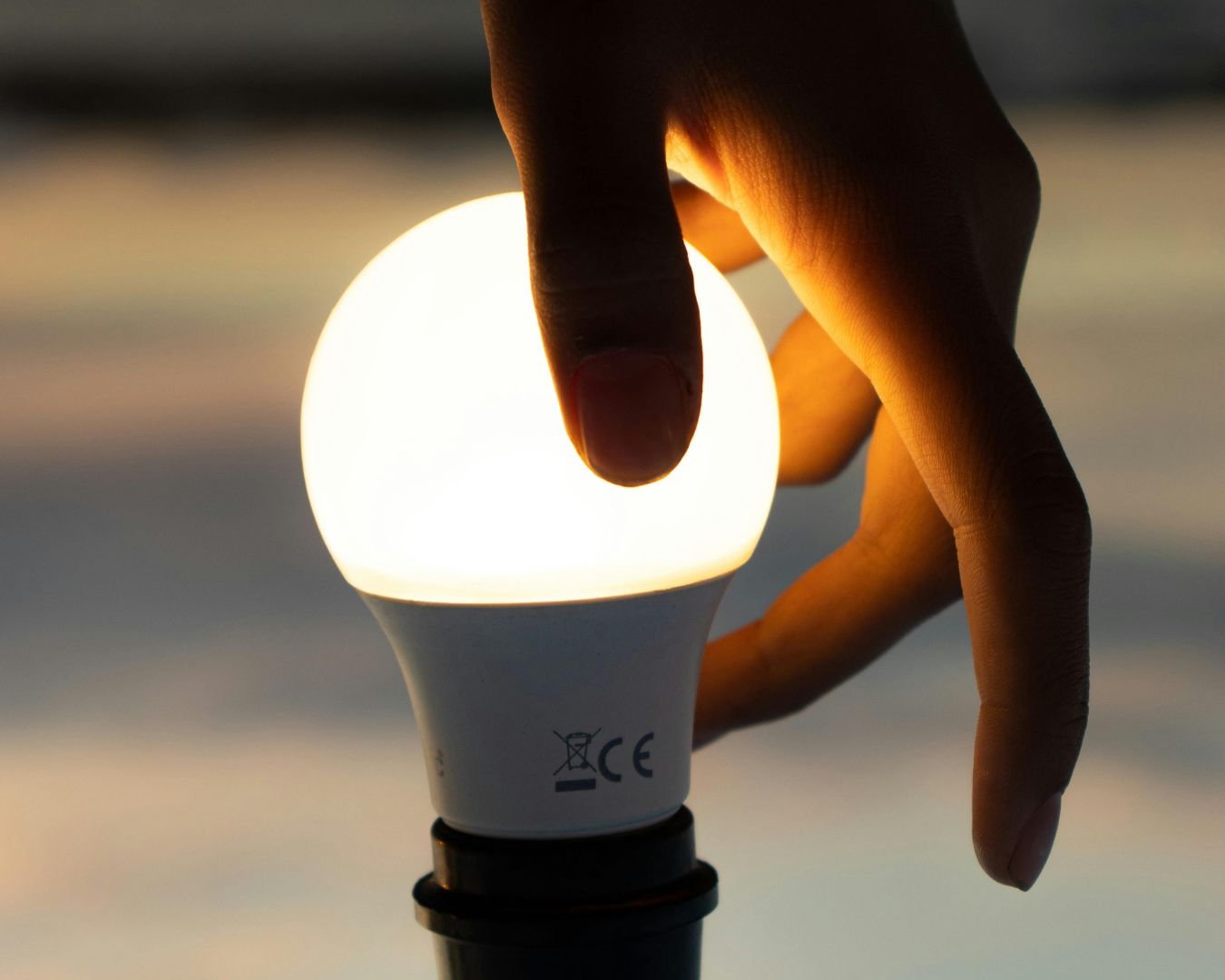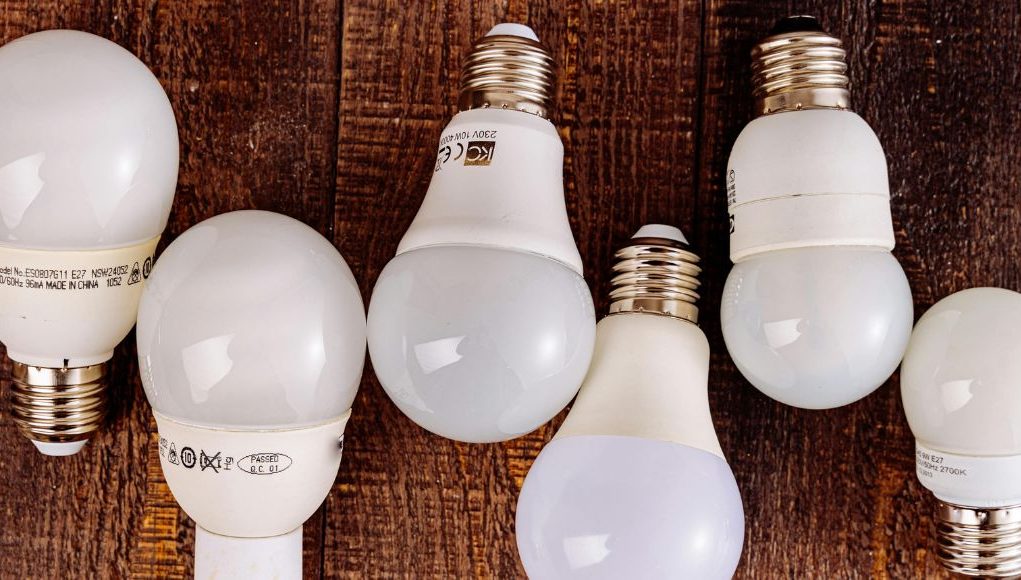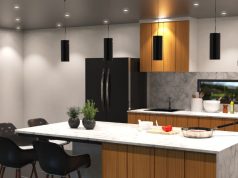You’d love shopping for lights back in the day. It used to be so simple: you’d go to the store, pick the brightest bulb for the cheapest price, and call it a day. Not to say we don’t love modern lighting. No—quite the opposite!
Modern lighting (a.k.a. LED lighting) is way more efficient, long-lasting, and… greener. But that’s exactly the difference. With climate change looming and energy prices soaring, the lighting game has changed. Today, it’s not just about brightness or cost. It’s also about sustainability.
Enter: The world of eco lighting certifications. Notice those labels or logos at the back of your light’s housing or heat sink? Turns out, those little symbols carry big meaning; some pertaining to sustainable lighting.
If you’ve ever squinted at a RoHS symbol or tilted your head at the CE mark, wondering, “Is this actually eco-friendly, or just a fancy label?” — this one’s for you.
Why Certifications Matter in Green Purchasing
Truth be told, anyone can slap a green leaf icon on their packaging and call it “green,” “environmentally friendly,” or “eco-friendly.” And sadly, many do, and even more get fooled. That’s why it’s important to have verified certifications.
Lighting certifications are the cheat codes of the sustainability game. They tell you:
- The product meets environmental and safety standards.
- It’s been independently tested (now you know it really is).
- You’re not just buying into greenwashing – that’s what the above malpractice is generally called. It’s like brainwashing, but with a promise of a greener future.
Certifications help separate the goats from the sheep—the merely “green-tinged” from the truly sustainable.
If you’re aiming for a more sustainable, energy-smart, and genuinely planet-positive lighting, these are the little symbols that should be lighting your path…
CE, RoHS, and Energy Star Explained
You’ve likely seen at least one of these certifications on other electronics, cookware, or children’s toys (and hopefully your lights). We’ll break down each to better understand what they stand for.
Don’t worry this won’t be a lecture.
CE Marking
What it means: Conformité Européenne, which is fancy French for “This meets EU safety, health, and environmental protection standards.” Though it literally translates to “European Conformity.”
Why it matters: The CE mark is required for many products sold in the UK and EU. For lighting, it guarantees things like safe wiring, non-exploding bulbs (we don’t want our lights exploding above our heads, no sir), and minimal environmental harm.
While it’s not specifically a sustainability badge, per se, it does make for a safer environment, which is, in our books, about the same thing.
RoHS (Restriction of Hazardous Substances)
What it means: RoHS certified lights are free from a nasty list of substances like lead, mercury, cadmium, and more hard-to-pronounce substances — all of which are as bad for the planet as they sound.
RoHS is actually one of the three legal directives a lighting product must conform to to obtain its CE marking, so the two are connected.
Why it matters: RoHS compliance is a big green thumbs-up. Rest assured that when you see this sign, it means that the lighting product was made without substances that are harmful to you or the planet.
Energy Star lighting
What it means: An American-born label now recognised globally for products that use less energy, without sacrificing performance.
Why it matters: Energy Star-certified lights (like LEDs) typically use 70–90% less energy than traditional incandescents. That’s less electricity, which means fewer carbon emissions and a lower energy bill. In other words, less greenhouse gases in the atmosphere and more savings from the smaller energy costs.
European vs UK Labelling Standards
So, we all know that Brexit happened. If you don’t, then you’ve been living under a rock and need to get out and touch grass. But anyway, what this means is that it’s no longer just a simple case of “what the EU says, goes.” The UK now dances to its own regulatory tune, which means you’ll see some different stickers on your lights.
UKCA (UK Conformity Assessed)
What it is: It’s like the CE mark, but the UK’s post-Brexit version.
Where you’ll find it: On products sold in Great Britain (England, Scotland, and Wales).
Why it matters: It confirms that the product complies with UK regulations — including those on safety and the environment. For lighting, UKCA is the bare minimum to ensure you’re not buying something dodgy.
EU Energy Label vs UK Energy Label
Before Brexit, you’d spot the colourful EU energy label, grading appliances from A+++ to G. But that ended up making it difficult for the consumer to differentiate between the most efficient lighting choices.
Now, the UK has its own near-identical label, but the scale has been simplified (no more labels past A, like the A+++. Now, it’s simply just A to G, making it easier to identify your light’s energy label.
Fun tip: The label now includes a QR code. Scan it to check if that “A-rated” product really earned its spot or just has good (and scammy) PR.

How to Spot Genuine Sustainability Claims
Now the question still persists: “How do you determine if the certifications and labels you’re seeing are genuine or not?”
Because a supplier could just slap on the sustainability symbols without any actual proof of it being true, and they could still get away with it.
Here’s how to tell if a lighting product is actually green or just greenwashing you:
Look for third-party verification
Trust certifications from independent bodies, not self-declared icons. If the certification wasn’t awarded by a recognised authority (like Energy Star), take it with a grain of salt.
Watch out for vague language
“Sustainable,” “eco-friendly,” “green-certified” — They all sound great, but mean nothing without specifics. Look for explanations:
- What exactly makes it sustainable?
- What tests did it pass?
- Who certified it?
Check recyclability
Genuinely sustainable lighting products are designed with end-of-life in mind. Certifications like WEEE (Waste Electrical and Electronic Equipment) compliance in the UK mean the manufacturer is part of a scheme to responsibly collect and recycle old products.
Mind the materials
Does the product avoid toxic substances? Is it made with recyclable components like aluminium or glass? Some brands go the extra mile by using biodegradable packaging or reclaimed materials. Kings! What a huge green flag.
Check your supplier
Only get your lights from trusted suppliers with proven track records of providing high-quality lighting products. Right, like Simple Lighting!
What to Look for as a Consumer
All this information about lighting certifications is good, but what do you actually do with them? How do you, as a consumer, use this knowledge to your advantage so that you can get the most out of the lights you buy?
Here’s a quick checklist to make sure your next lighting purchase is truly planet-positive:
Check the label for certifications
- CE or UKCA for safety.
- RoHS for hazardous substances.
- Energy Star (or UK energy label A/B ratings) for efficiency.
- WEEE for responsible disposal.
Ask about lifespan
Longer-lasting bulbs = less waste. LEDs are the MVP here, with many lasting 15–25 years under normal use. But not all LEDs are made of the same quality, so still ask.
Look for dimmable options
Fun fact: Using dimmers can further reduce energy use and extend the life of your bulbs. Smart lighting systems or lights with motion sensors take this a step further by adapting brightness and light use to your daily routine.
Buy from transparent brands
Reputable manufacturers are not afraid to shout about their certifications and sustainability practices on their websites and social media. If they don’t, then that’s a red flag, not a “green” light. (Get it?)
Look for green packaging
Eco-friendly products wrapped in plastic? Oof! Alarm bells should be blaring inside your head if you see this contradiction. Choose products with recyclable or minimal packaging.
Conclusion
Many overlook the impact of lighting in terms of sustainability since much of the focus is on the more “interesting” topics like oil spills and large-scale deforestation.
But the thing is, it adds up. Once you see the numbers in emissions, landfill space, and energy bills, you’ll realise why certifications are more than just nerdy symbols. They’re your shortcut to smarter, cleaner choices.
So the next time you’re browsing bulbs or swooning over pendant lights, pause for a moment. Flip the box. Check the label. Ask questions. And remember: Your lights are the most dazzling when they shine without costing the planet.
Because lighting the way to a greener future? That starts with your decision on which light to get for your home.
Uncover more content on sustainability in Lighting and Sustainability: A Greener Future.













